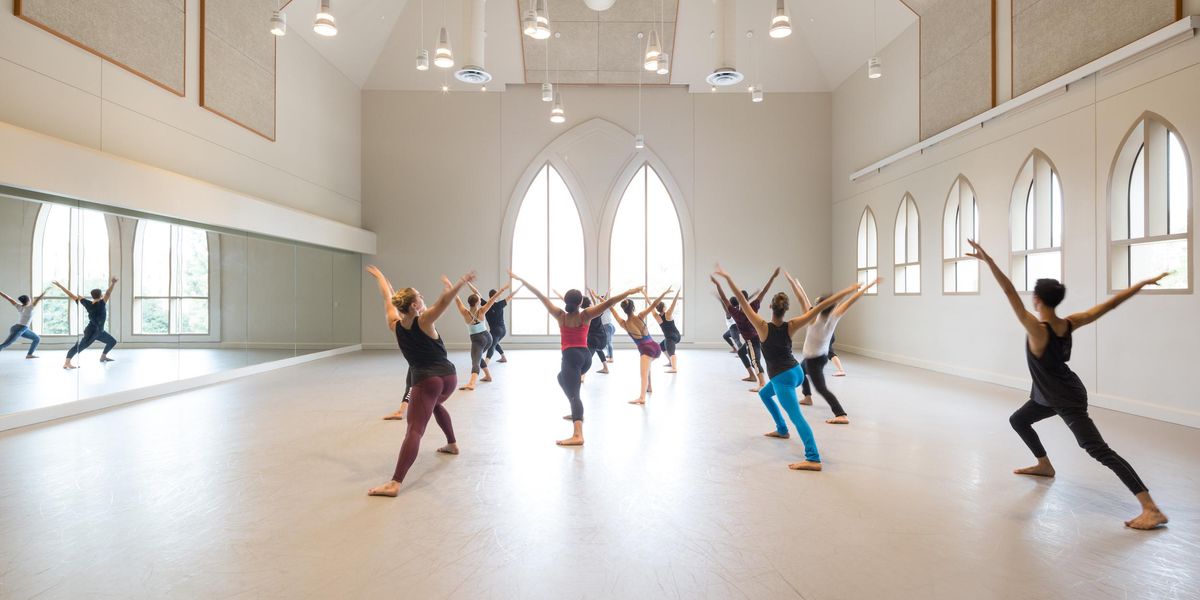Your Body: Energy Blast
The new breed of bar has a healthier balance of nutrients
Jamie Rae Walker shoots across the stage in Paul Taylor’s strenuous Musical Offering. She owes her powerhouse performance to her natural ability, and often an energy bar. “I eat them before rehearsal or performance, especially for the longer and more concentrated works, like Offering and The Rite of Spring,” says Walker, who joined Paul Taylor Dance Company in 2008.
Between classes, rehearsals, and performing, dancers often don’t get to eat regular meals. They have been grabbing energy bars to fill in the nutritional gaps since these packaged snacks first became popular more than a decade ago. The good news is that the new breed of bar is less processed, comes with recognizable ingredients, and is often vegan, organic, and gluten-free. “A dancer needs something in their system,” says Emily Harrison, a nutritionist with the Centre for Dance Nutrition at Atlanta Ballet. “Regular, healthy snacks eaten before exercise have been shown to increase performance, preserve muscle mass, and can even help to decrease body-fat percentage over time. We all know whole foods are ideal, but nutrition bars are better than going hungry.”
All energy bars are not created equal, however. Look for 22–25 grams of carbohydrates—about half of that amount in sugar, the other half from sources like oats, millet, or seeds. Calories should be in the 150–250 range. The first ingredient listed is key: It indicates the largest ingredient in the bar. Often, it’s brown-rice syrup, which is better than high-fructose corn syrup. Avoid sugar-free or low-sugar bars; they get their sweetness from maltitol, a sugar alcohol, which can lead to digestive distress.
Many bars come in chocolate flavors. “Natural cocoa and dark chocolate are high in antioxidant flavonoids, which have been shown to be heart protective,” says Harrison. “Eating just a little helps manage feelings of deprivation, so someone is less likely to binge later.” But some bars, like Kind and Larabar, fall more in the healthy-treat category (with the emphasis on treat). “Too many calories come from fat instead of carbs,” says Harrison.
It can be challenging to find the perfect blend, but here are four bars that provide a good balance.
Two Degrees
With approximately 25 grams of carbs, 10 grams of sugar, 4 grams of protein, whole grains, and about 190 calories, Two Degrees rates high as a healthy snack. The company also has a social mission: For every bar purchased, a meal goes to a hungry child.
KIT’s Organic These certified-organic bars come with about 27 grams of carbs, with half of that from sugar. Most flavors are under 200 calories; they are also soy-, dairy-, and gluten-free, with a nice salt-to-sweet flavor burst, making them one of the tastiest bars on the market.
Kashi GOLEAN Crisp! If you prefer a little crunch with your bar, this one is for you. It has a lower glycemic index than most, with about 8 grams of protein and 26 grams of carbs, 13 of them from sugar. Not only are the bars only about 160 calories, but they have calcium, folic acid, iron, and vitamin E as well. Flavors include Chocolate Caramel, Chocolate Peanut, and Chocolate Pretzel—a chocolate-lover’s paradise.
Pure Energy Bars Pure bars come in two varieties: “Naturals” and “Organic.” Each kind has approximately 22 grams of carbs, 17 grams of sugar, and 7 grams of protein. They have about 190 calories. If you prefer only organic ingredients, Pure’s Organic line includes seven tasty varieties.
Nancy Wozny writes about health and the arts from Houston.
Power Down, Sleep Well
If you want to catch up on your ZZZZs, log off your tablet and put away your smart phone. A new study published in the journal Applied Ergonomics suggests that using those devices too close to bedtime can interrupt the release of hormones, like melatonin, that regulate our internal clocks, especially the sleep cycle. Lower levels of melatonin have been linked to obesity, diabetes, and other health problems. Even light leaking from a device can be enough to interrupt the sleep cycle. So turn off the switch and drift away.
On a Roll
Everyone loves a roller, but after a long day of rehearsal, hard foam can feel uncomfortable on a tired body. That’s where the SmartRoller ($41.95) comes in. Your spine molds more easily to its round side, while a flatter side provides more stability. Developed by physical therapist and Feldenkrais practitioner Stacy Barrow, the SmartRoller offers a more comfortable way to get the kinks out.




